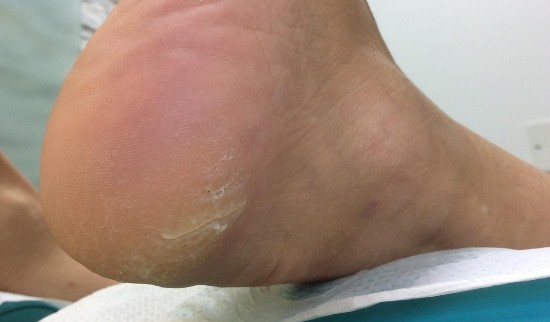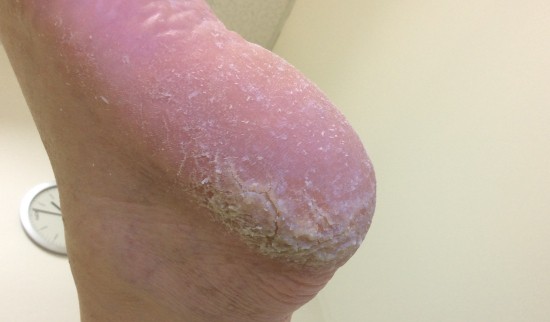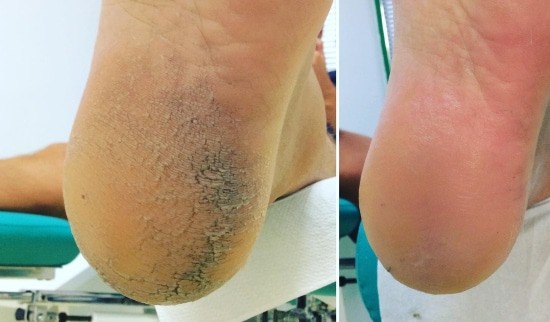From our practice How does hard skin get on the soles and why does it appear?
This phenomenon can be due to dry skin, due to excessive strain on the feet, overweight, inappropriate and too tight footwear and, last but not least, hereditary effects, as hard skin on the soles can also have others who do not have these problems. It can occur more often in women who wear nylon stockings.
How can we help ourselves?
We wear good footwear that should not be too tight, airless and made of natural, airy materials. Footwear must adapt to our foot. We do not tear, tear or peel hard skin. In addition to visiting a professional medical pedicure center such as the Pedimed Centre, we can also help ourselves by soaking our feet, softening hard skin, and nourishing the skin with moisturizing care and moisturizing creams.
Diabetics in particular need to take care of their feet. Wear suitable socks, wear comfortable shoes and keep your feet from getting too wet.
Visit the Pedimed Centre. Don’t be sorry of HARD SKIN! Leave it at the Pedimed Centre! 🙂





